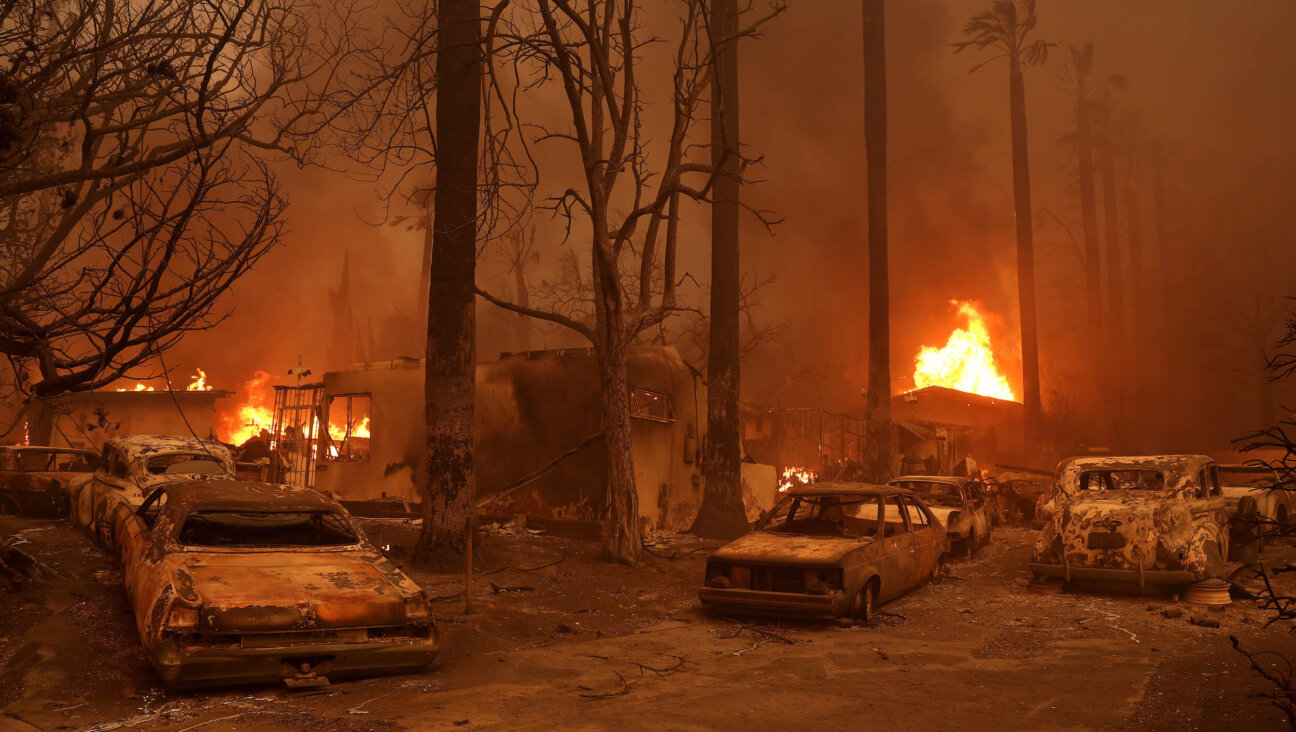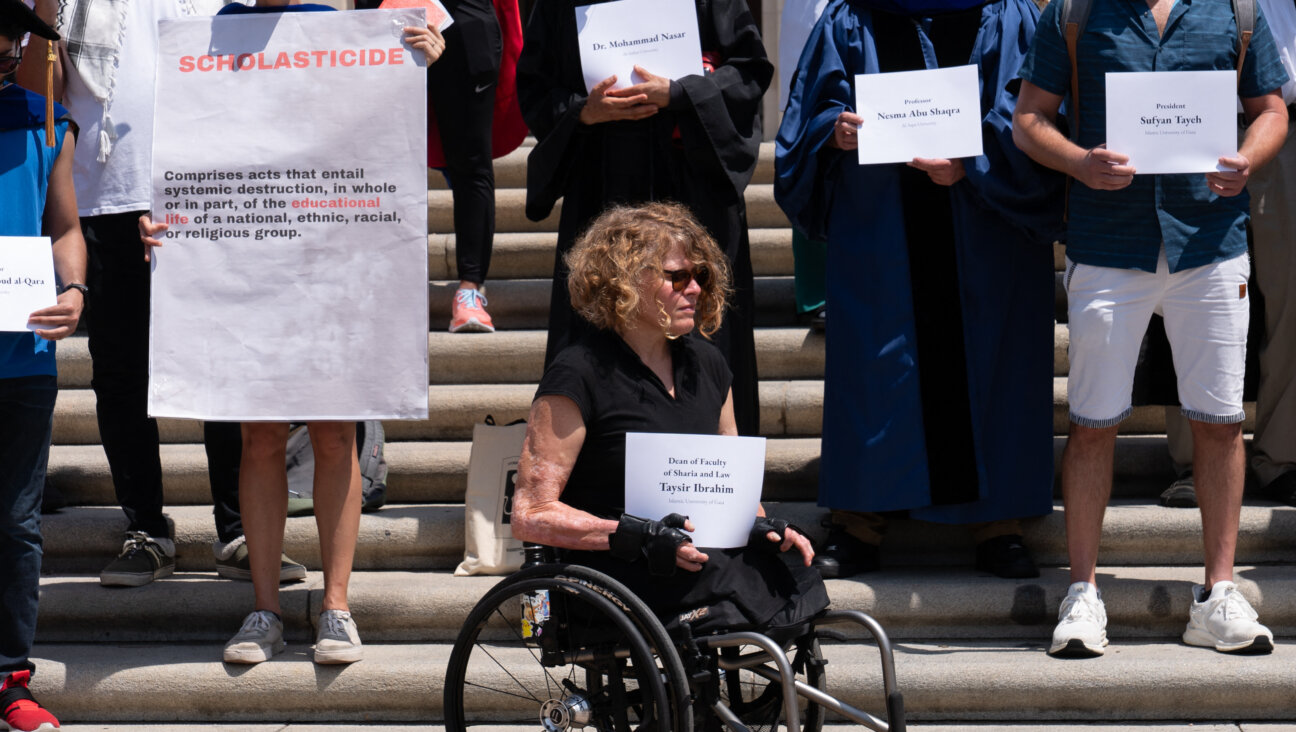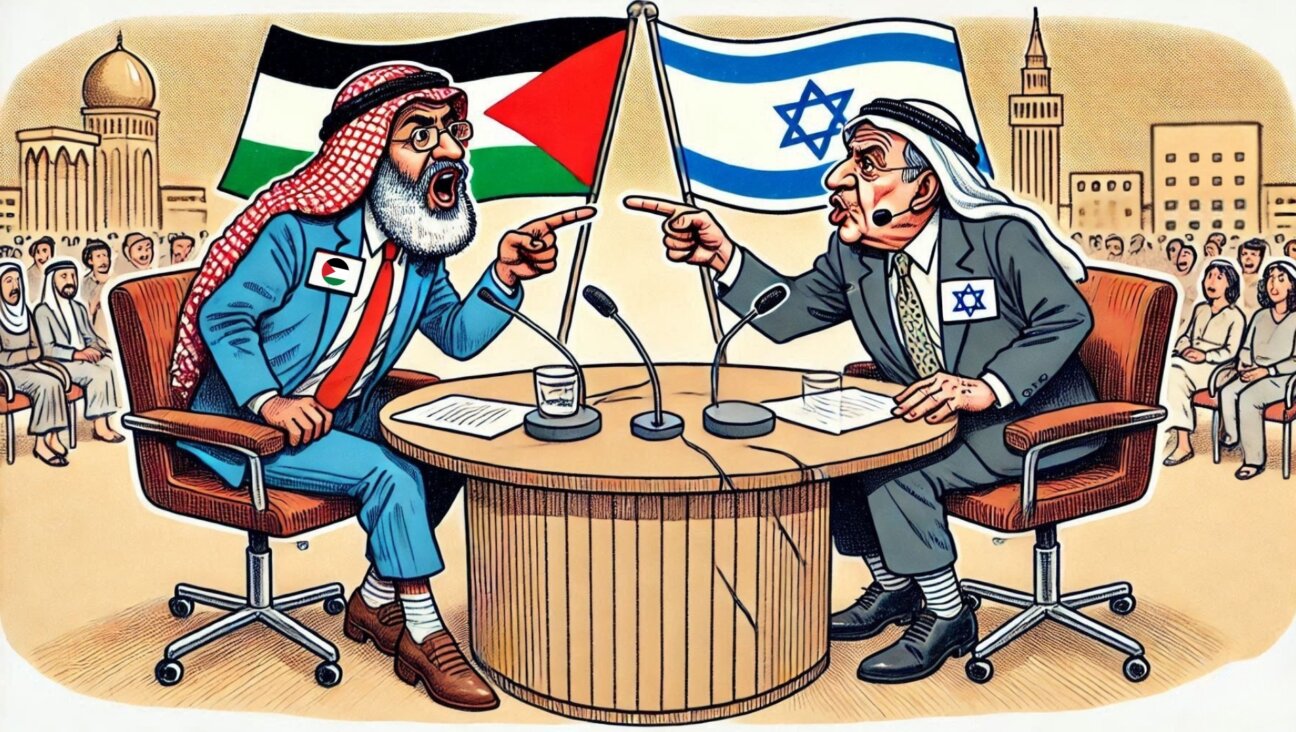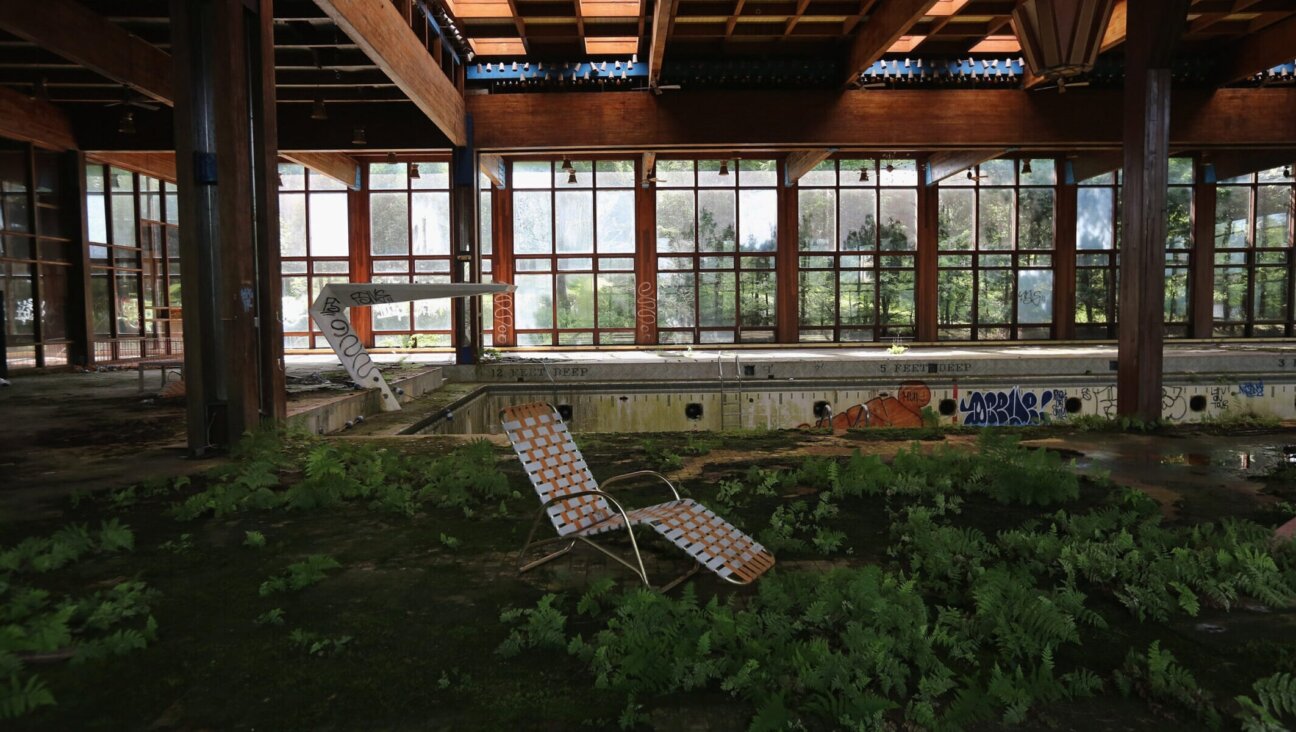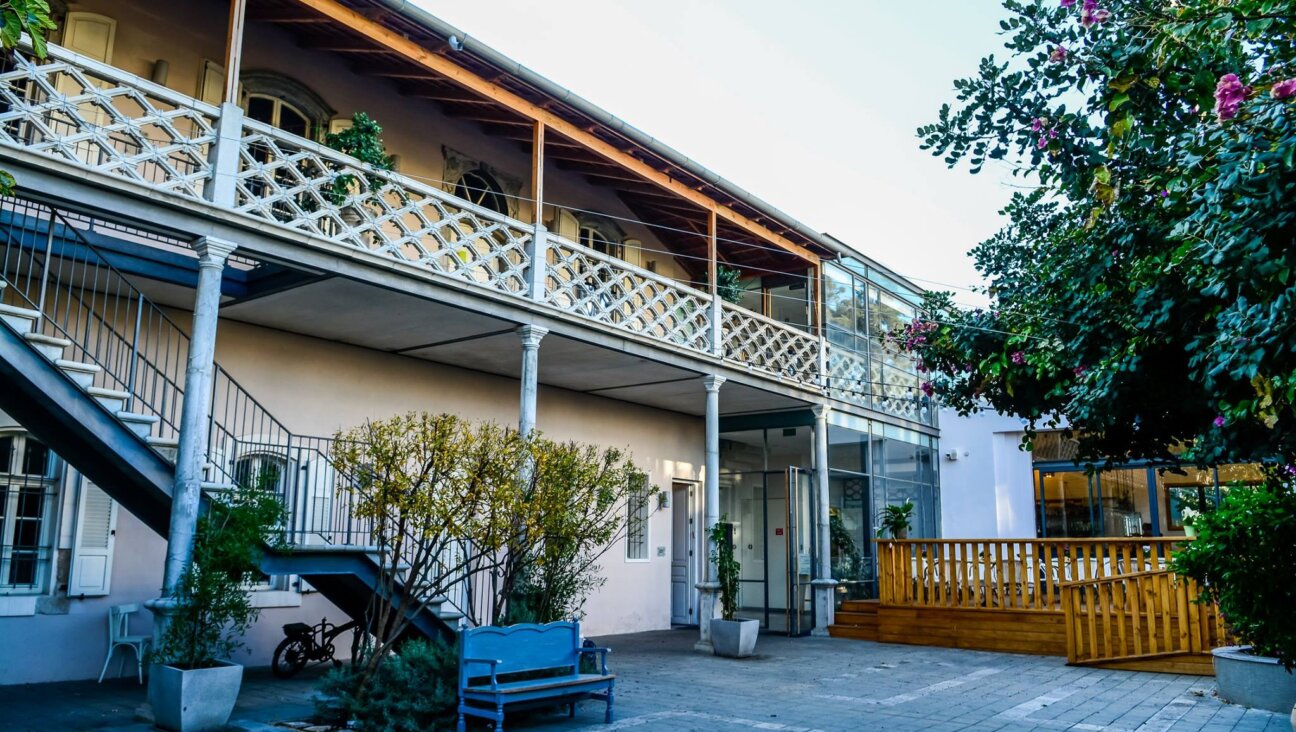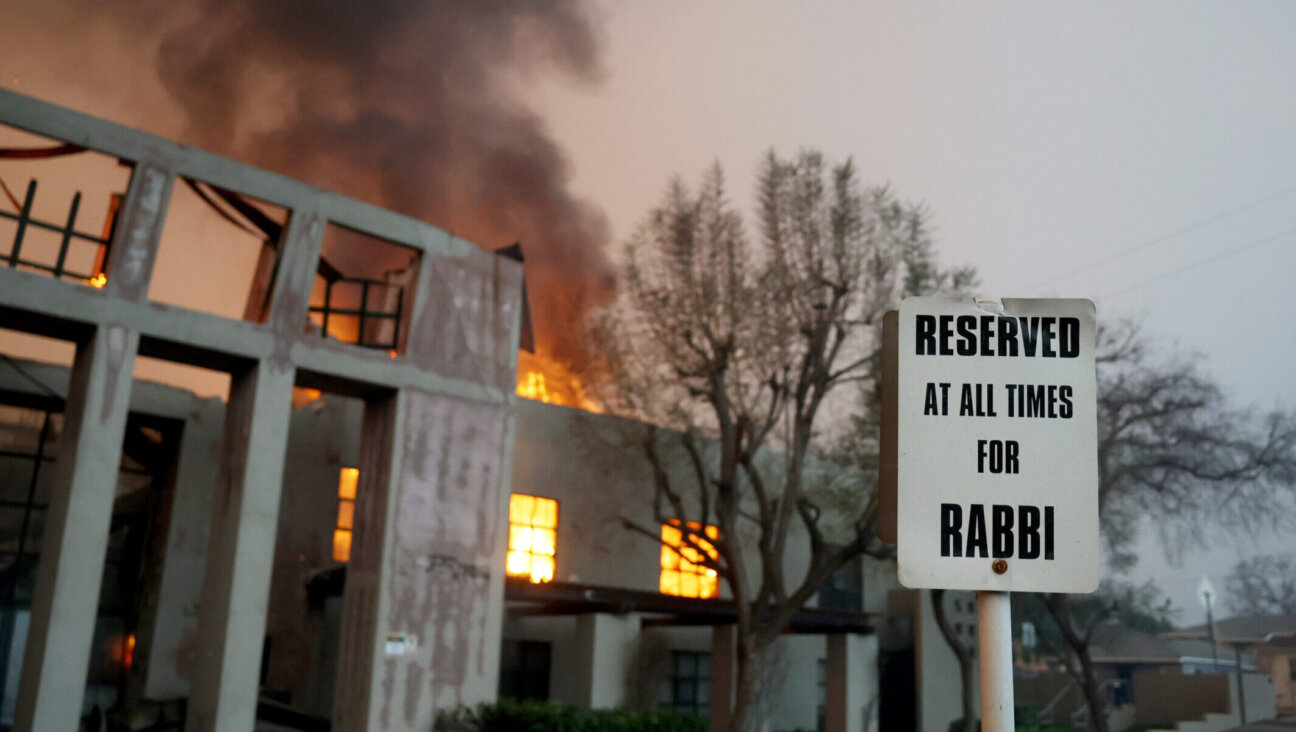Should Jewish Peoplehood Mean Anything in Our Post-Ethnic Moment?

For more than 75 years, the idea of Jewish peoplehood has served to unify Jews. Essentially, it means that Jews share binding ties that cut across practice and national boundaries. It points to a shared history and, we presume and hope, a shared and connected future. The decades have shown that the “peoplehood” term has functioned as a powerful rationale, though not necessarily as an effective transmitter of values.
As our global Jewish community becomes increasingly diverse and even polarized, many thinkers are exploring the idea of Jewish peoplehood and questioning whether or not it remains relevant. I believe this debate speaks to the soul of the Jewish people and has ramifications for nations and groups across the globe.
On April 10-11, scholars, activists, journalists and artists will converge in Philadelphia and debate this question in a groundbreaking conference called “Wrestling with Jewish Peoplehood.” It’s being organized by the Mordecai M. Kaplan Center for Jewish Peoplehood, the Reconstructionist Rabbinical College, Temple University’s Feinstein Center for American Jewish History and the Department of Jewish Studies of McGill University.
The term “peoplehood” emerged in the 1940s at roughly the same time as the term “ethnicity.” Jews were searching for an extra-religious identity that was not inflected by overtones of race. The term “Hebrew,” as in the Hebrew race, appeared in institutional names such as Young Men’s Hebrew Association. But Hebrew no longer served Jews well in communicating the elements of Jewishness beyond the walls of the synagogue or outside of religious practice. Jewish academics were at the forefront of fleshing out the concept of ethnicity, based on shared history and values, rather than genetics.
Mordecai Kaplan, the founding thinker of Reconstructionism, built on his then-radical, now widely accepted, understanding of Judaism as the evolving religious civilization of the Jewish people, to promote the concept of peoplehood as a content and values-filled version of ethnicity. Kaplan sought to encourage an ethical philosophy of nationhood that would subvert more aggressive and chauvinistic forms of nationalism. Kaplan’s vision of peoplehood would foster collective Jewish realization without compromising Jews’ national citizenship in their home countries.
Reconstructionist leaders began to use the “peoplehood” term in the 1940s in their speeches and publications. It leapt into the Jewish sphere almost immediately and into the American lexicon by the early 1960s, when the 1961 edition of Webster’s New International Dictionary included the term, citing a Time magazine profile of Mordecai Kaplan on his eightieth birthday.
In a Reconstructionist conceptualization, worldwide Jewish peoplehood is a rationale to unify the Jews by means beyond the Jewish religion. By embracing peoplehood, we acknowledge the diversity ever present in free societies like America, and affirm a belief that the Jewish people can and do remain unified across this diversity. The acknowledgment of diversity makes space for individual choices and expressions within a unified Jewish people. In this way, peoplehood is an alternative to — and in some ways a competing vision of — Judaism as a religion, which historically has united Jews under the standard of halakhah, Jewish law. In the Reconstructionist understanding, peoplehood is intended as a means for fostering ethical behavior, both as Jews and as human beings -— not as an end in and of itself.
The concept of peoplehood has resonated especially deeply in a North American context because of the democratic and open nature of American and Canadian societies. The Pew Research Center’s much-commented-upon 2013 study, “Portrait of Jewish Americans,” begins with an overarching finding that 94% of American Jews are proud to be part of the Jewish people, and 46% are very proud. In this era of abundant choices in identities and commitments, almost every Jew asked asserts pride in his or her Jewishness.
While these results could easily be cause for celebration, many reactions to the survey have been gloomy, even dire. That’s because of the findings that point to a decline in the religious identification of younger generations and out of concern about how to transmit Jewish values across generations. Many Jewish communal leaders, interpreting the results, accepted the initial distortion.
The original Reconstructionist intent was that the concept of peoplehood should serve as a means to inspire ethical action and the up-building of the Jewish civilization — that is, to help Jews be both good Jews and good Americans. Increasingly — and this is the source of much of the angst in the interpretations of the Pew Study — it is clear that many Jews embrace peoplehood as an end in itself. As the Ashkenazi majority morphs into a Jewish community with ever-increasing diversity — including Jews by choice, increasing awareness of Jews of color, and non-Jews helping to make Jewish homes — any strategies based on ethnicity and shared memories are problematic and unsustainable.
As we move into a post-ethnic moment, peoplehood as an end is insufficient to withstand our increasingly fluid Jewish identities and the increasingly fragmented conceptualizations of pluralism.
I do think that peoplehood can still function as a key foundation of a post-halakhic vision of Judaism. Because of our choices, rather than because of birth, we are bound up in one another’s pasts and futures and have mutual obligations. In our open, democratic societies, we must determine together what those obligations are so that we find the best possible balance between our individual needs and the collective Jewish whole. This, we believe, is holy work, linking us both to the Source of the Universe and to Jewish generations before and after us.
This is peoplehood as a means, not an end.
From our earliest years, Reconstructionists have been inspired by this version of peoplehood to put forward creative examples of “doing” Jewish alongside just “being” Jewish. Our hope is that such a content-filled, inclusive, diverse, DIY approach will inspire other Jews and the people with whom we make our lives.
We must either revitalize this rationale for Jewish unity or begin the efforts to identify a new one.
Rabbi Deborah Waxman, Ph.D., is president of the Reconstructionist Rabbinical College and Jewish Reconstructionist Communities.
A message from our Publisher & CEO Rachel Fishman Feddersen

I hope you appreciated this article. Before you go, I’d like to ask you to please support the Forward’s award-winning, nonprofit journalism so that we can be prepared for whatever news 2025 brings.
At a time when other newsrooms are closing or cutting back, the Forward has removed its paywall and invested additional resources to report on the ground from Israel and around the U.S. on the impact of the war, rising antisemitism and polarized discourse.
Readers like you make it all possible. Support our work by becoming a Forward Member and connect with our journalism and your community.
— Rachel Fishman Feddersen, Publisher and CEO








